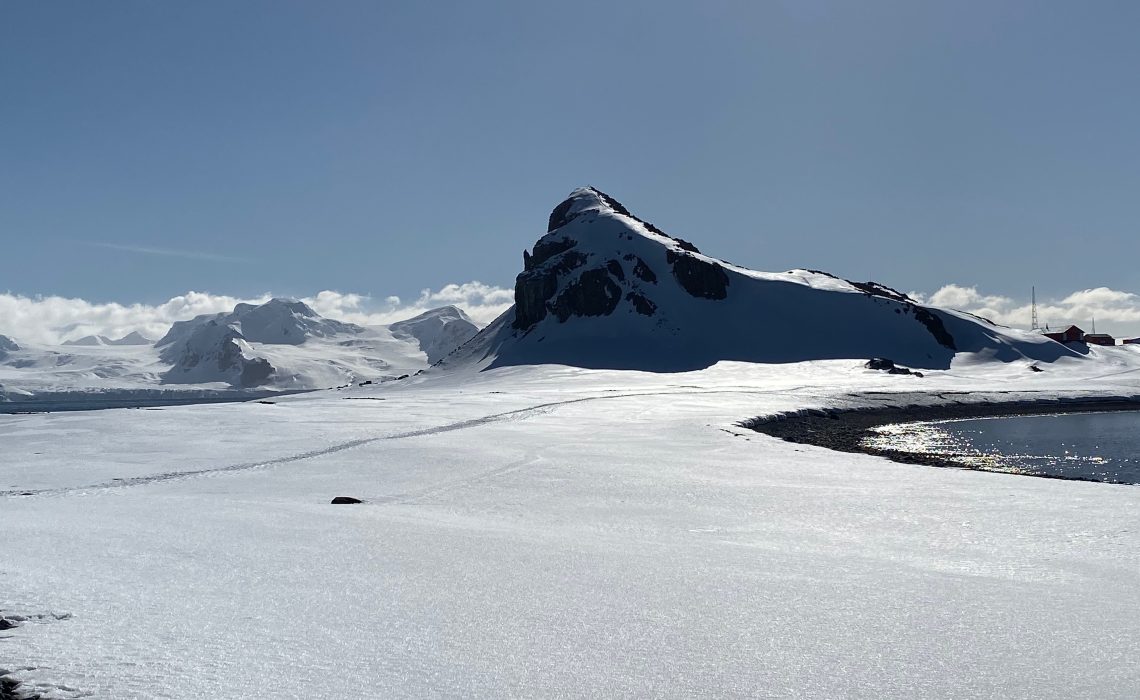
This is quite an introduction from the International Association of Antarctica Tour Operators (IAATO):
‘Antarctica is a unique and one of the most perfectly preserved regions on the planet…. see how we work to keep it that way’.
IAATO
Since the first mainland Antarctic landing, thought to be by the sealer Captain John Davis on 7th February 1821 to the first tourist expedition in mid-1900’s there have and always will be, people who want to experience Antarctica. Initially it was the science, pursuit of knowledge and of course geographic claim that were the key reasons for making the treacherous journey to this remote land. With the Artic being more accessible and cheaper to reach, Antarctica escaped mass tourism until the 1900’s then this is what happened…
Tourism in Antarctica really began in the 1950’s when fee-paying tourists took trips on naval vessels from Chile and Argentina to the South Shetland Islands and started in earnest in the 1960’s. By 1991’s ‘season’ – November to March – 10 different vessels, operated by 6 different operators took approximate 6,400 visitors to Antarctica. That was when IAATO – the International Association of Antarctica Tour Operators – was founded, with the objective of advocating and promoting ‘the practice of safe and environmentally responsible private-sector travel to the Antarctic.’
If you want a well written brief history this ‘History of Polar Tourism‘ is a good resource.
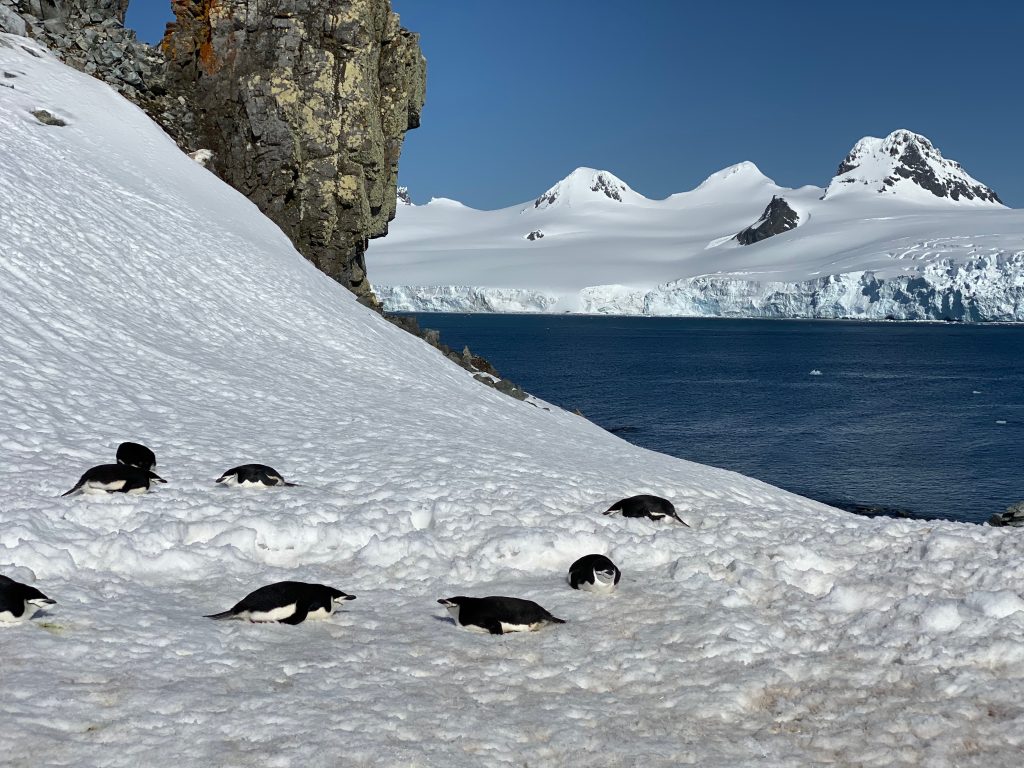
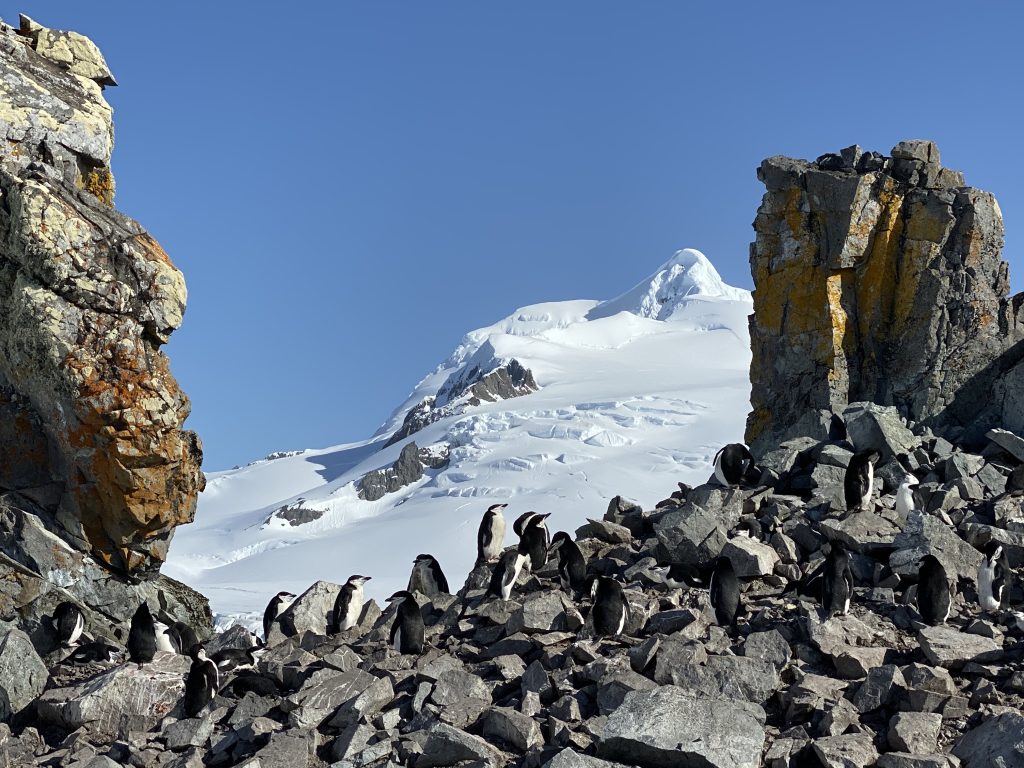
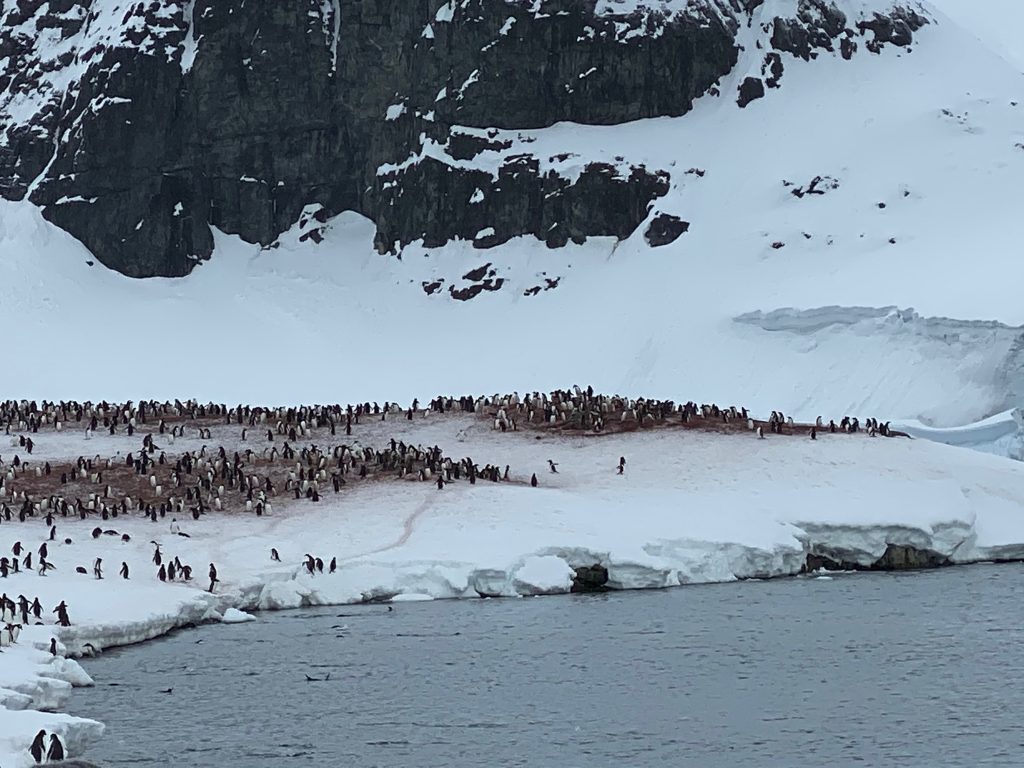
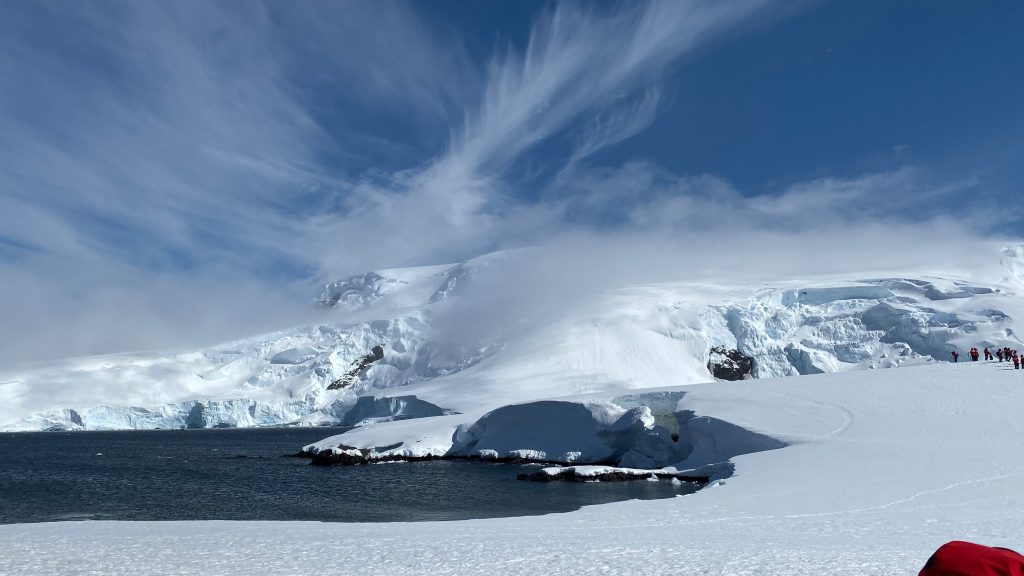
Before that though, came the Antarctic Treaty ….
“… a natural reserve, devoted to peace and science”.
Antarctic Treaty Parties
It seems like Antarctica is the only place in the world where there hasn’t been a war, where we have an environment that is protected and the priority is scientific research. Wow, wish we could apply this to the rest of the world!
The full details of the Treaty are not what this blog is about. You can find a really good, concise explanation on the British Antarctic Survey’s website HERE instead. But importantly for the environment, the Treaty produced a framework for continued protection of the environment in Antarctica, setting out rigorous standards in its Antarctic Environmental Protocol – and out of this IAATO was founded.
IAATO participates in the Antarctic Treaty annual meetings, as an ‘expert organisation’ and with over 100 members, its mandate is to promote the practice of safe and environmentally friendly private-sector travel to the Antarctic. According to the Treaty website there were around 74,000 visitors in the 2019/20 season – me being one of them – so its a good job that someone is looking out for Antarctica!
Do you enjoy my writing?: Always optional, though Donating even a small amount occasionally, enables me to continue to be another voice for the environment, supporting organisations focussed on conservation and restoration through my blogs, video’s, giving my time on committees, raising awareness. Click on the Donate button, top right hand side of the page for more information on how I am contributing and why your donation counts.
What has all this got to do with me?
Antarctica has unique wildlife – anything that strives to put a balance between visitors and the damage of visiting, minimising disruption to that precious and fragile wilderness has my support. We need to do what we can to preserve and protect Antarctica, the South Shetland and South Sandwich Islands and all that lives there. Am pleased to say, I have just become an IAATO Antarctic Ambassador!
Why?
Since visiting in November 2019, seeing so much and learning so much, I have become even more passionate about protecting the wildlife and environment there, as well as supporting as much as I can the organisations focused on conservation, preservation and restoration in this region (see the end of the blog for some of these).
There is to be had of course, a whole debate about whether visitor numbers should be restricted further, or not allowed at all. I have no doubt at some stage in the future, this may have to happen if we want to preserve all that is so incredibly special and unique there. To deny anyone who wants to experience the wonder of Antarctica and the South Shetland and Sandwich Islands would be tragic but if you asked me if I would visit a second time, I would have to say ‘no’, because of the human impact, unless I was there to contribute to science or a restoration project. Visiting Antarctica = responsibility…
What can you do?
My belief is that each and everyone of us that have been fortunate enough to make the journey to this region of our planet needs to channel that experience into being Ambassador – for the ice, the snow, the penguins, the seals, the whales, the sea-birds, the unique flora and fauna.
What does that mean?
Well it can simple mean spreading the word about what you learnt on your trip about the environment. Every operator of the voyages there, educates its guests about the region and you cannot help but come away armed with at least a few things you can change at home to have less impact on our climate. Better still though, join IAATO’s Antarctica Ambassador programme.
An Antarctic Ambassador is someone who:
Loves and respects the region,
IAATO
Educates others by sharing their Antarctic experiences,
Advocates for Antarctica when opportunities arise, and
Protects the region by making positive changes at home.
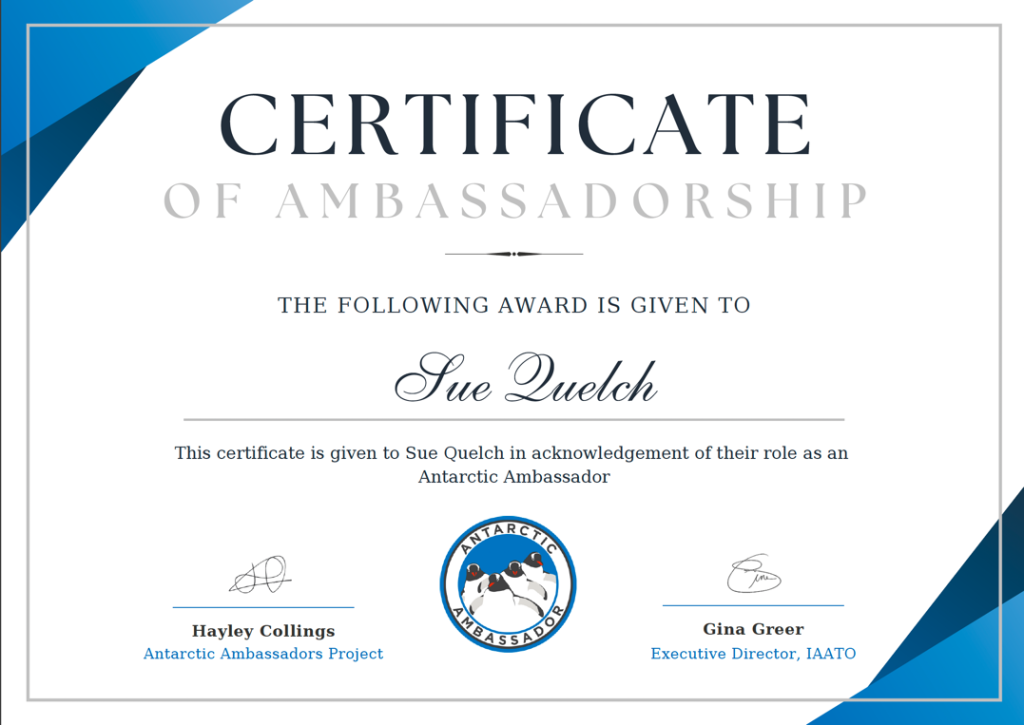
We need to leave this place in an even better state than we found it so future generations can enjoy this remote, fragile wilderness – as we have.
Organisations You Can Support that are working on Conservation and Restoration in this Region And Other Resources:
Antarctic and Southern Ocean Coalition
Whale and Dolphin Conservation
